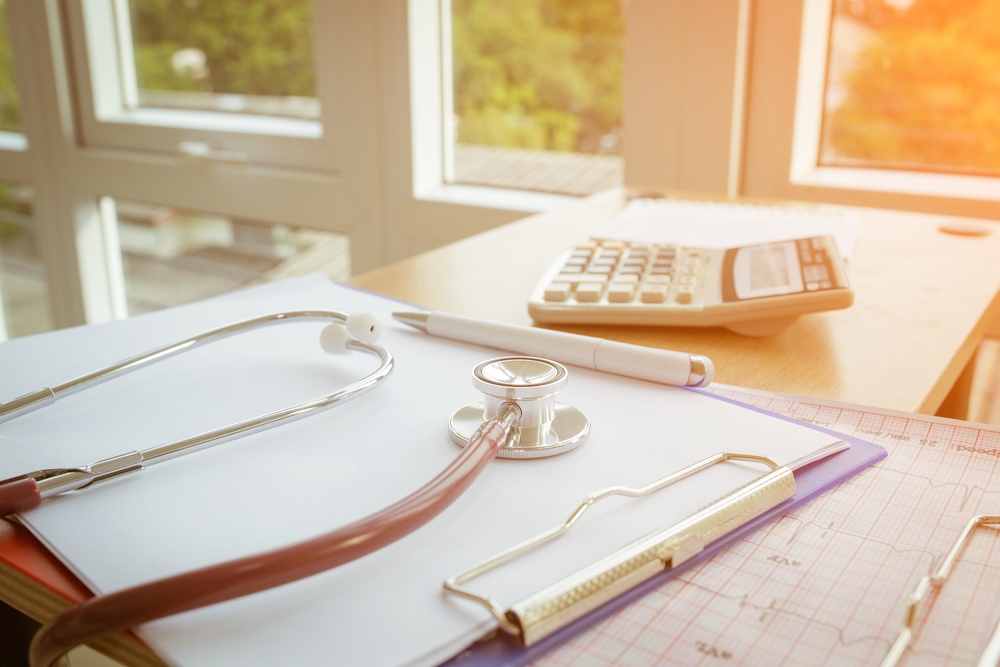Menu
- SITCM Overview
- Prospective Students
- Current Students
- Alumni
- Teaching Clinic
With a background exceeding 3000 years, acupuncture remains among the more familiar therapies of Traditional Chinese Medicine. Promoting self-healing, a trained acupuncturist stimulates precise body parts targeted by inserting sterile needles. While the much publicised opioid addiction epidemic inspires intense research, crystallising acupuncture’s benefits, its application to other ills defies overestimation.
Formal clinical studies prove acupuncture’s efficacy in treating a multitude of diseases, symptoms, and conditions, including:

Some days of hospitalisation, with one to two weeks of follow-up in patient rehabilitative care (occupational and speech therapy), form the norm of post stroke treatment. In contrast, many patients treated with acupuncture therapy enjoy a noticeably quicker and comprehensive recovery.
The internationally well regarded CNN network informed the world of an April 2017 long term study published by JAMA Internal Medicine. The randomised clinical trial, involving 249 migraine patients, confirmed acupuncture’s efficacy. Those undergoing acupuncture therapy enjoyed a significant reduction in migraine (without aura) attacks, as compared with those patients treated with sham acupuncture and those placed on a waiting list.
As part of a study, three women with severe mood disorders were treated with electroconvulsive therapy (ECT) and electroacupuncture therapy (EAT). Each of these severely depressed patients failed to respond to previous multiple trials of different psychotropic medications and psychotherapies. ETA caused a reduction in symptoms, but at the expense of memory loss and disorientation. On the other hand, EAT coerced significant remission of symptomatology, while also being better tolerated by these patients. Psychopharmacological and/or psychotherapeutic treatment of depression may witness high relapse rates. Acupuncture therapy yields comparable relapse rates, but it precludes the addiction potential associated with prescriptive drugs. And, as noted, produces none of the adverse side effects accompanying other treatment regimens. Combined with research’s failure to confirm drugs as a superior treatment, the studies strongly suggest acupuncture as the wiser therapeutic alternative.

A 90 athletes clinical study segregated the subjects into three treatment groups: acupuncture only, massage only, and a combination of Traditional Chinese Medicine massage with acupuncture. The third group, receiving the combined therapy, showed the most comprehensive improvement.
The U.S. National Library of Medicine, collaborating with the National Center for Complementary and Integrative Health, conducted a study to determine the “Efficacy of Acupuncture for Chronic Low Back Pain.” (6) The clinical trial underscored acupuncture therapy as “effective for chronic low back pain.”
In summary,acupuncture focused studies repeatedly embrace its inherent value. Unlike prescription driven pill remedies, the looming shadows of potential addiction or adverse side effects do not exist. That reality guarantees continued controlled studies of acupuncture’s treatment prowess and, in all likelihood, consistent across the board authoritative enthusiasm.
The Sydney Institute of Traditional Chinese Medicine provides higher and vocational education on natural health remedies. Contact us to discern the precise manner in which you can emerge as an industry ready practitioner in the growing field of Traditional Chinese Medicine.
Want to learn more about studying TCM? Download our free guide: